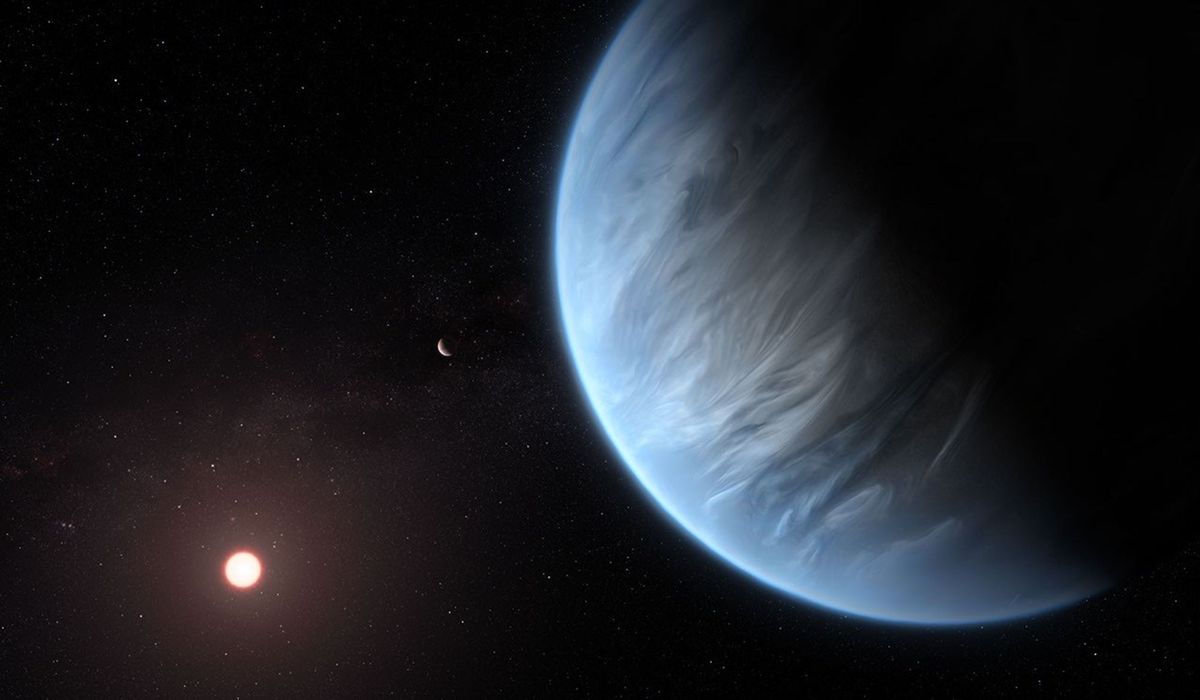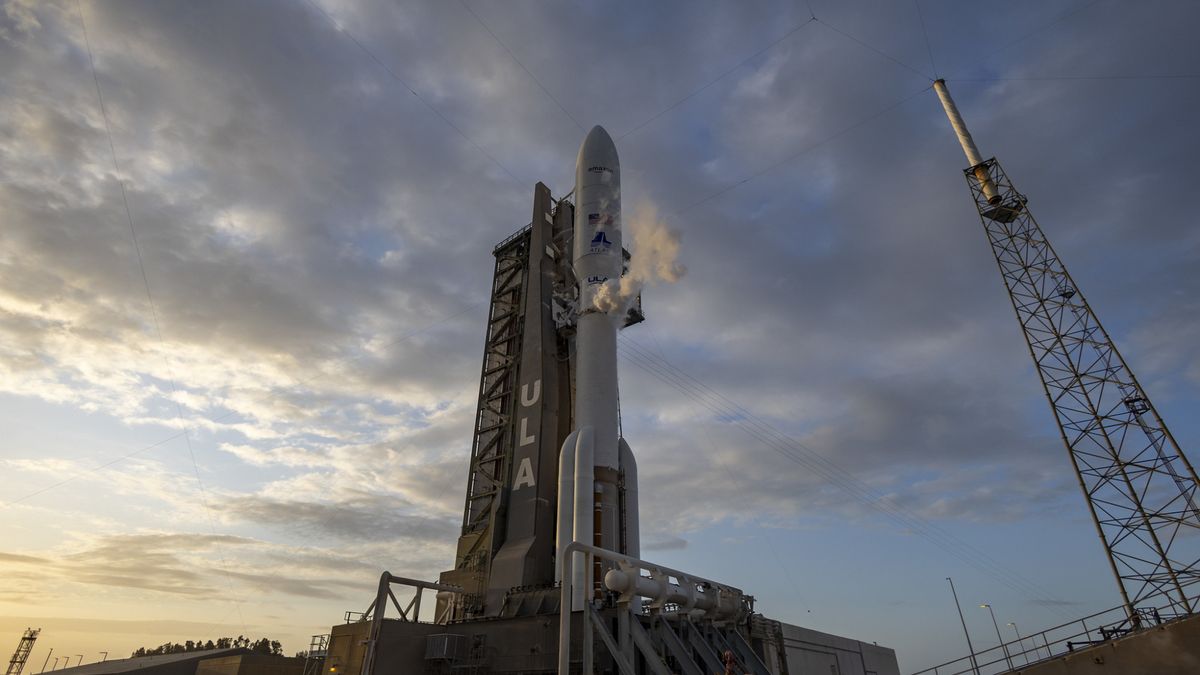Now Reading: Signs of Alien Life on K2-18b? Scientists Caution Against Premature Conclusions
-
01
Signs of Alien Life on K2-18b? Scientists Caution Against Premature Conclusions
Signs of Alien Life on K2-18b? Scientists Caution Against Premature Conclusions

Quick Summary
- Astronomers announced a possible detection of dimethyl sulfide (DMS), a molecule perhaps linked to life, in the atmosphere of exoplanet K2-18b using data from the James Webb Space Telescope (JWST).
- The announcement suggested K2-18b, located 120 light-years away in the Leo constellation, might be an ocean world capable of hosting life.
- The claim has sparked excitement but also skepticism due to caveats regarding statistical significance and theoretical inconsistencies.
– DMS detection reported at three-sigma significance falls short of five-sigma standards necessary for scientific revelation.
– Critics identified issues with atmospheric modeling and questioned the absence of expected ethane byproducts.
- Many scientists caution that alternative non-biological processes could explain DMS detection; prior analyses have failed to confirm similar findings.
- DMS presence is not universally accepted as a definitive biosignature; it has been detected on comets devoid of life and may arise from abiotic chemical interactions.
Images from Source:
- Artist’s impression depicting planet K2-18b with its host star.
- Transmission spectrum analysis indicating potential molecules in K2‐18b’s atmosphere.
- Illustration envisioning oceanic conditions on K2‐18b under its star’s light if it harbors oceans.
Indian Opinion Analysis
the tentative evidence for dimethyl sulfide molecules on exoplanet K2‐18b offers exciting possibilities but urges caution due to preliminary data limitations and alternative interpretations grounded in non-biological chemistry or statistical modeling errors. While such discoveries expand human curiosity around life’s existence beyond Earth, rigorous independent verification is essential before drawing credible conclusions.
for India-active in space exploration through ISRO’s exoplanetary research-it underscores the value of investing more in cutting-edge astrophysical technologies to contribute meaningfully toward global debates about extraterrestrial habitability science while boosting domestic capacity building across fields like astrobiology and atmospheric modeling tools.
This episode demonstrates how novel findings challenge existing planetary models while concurrently advancing critical techniques for assessing biosignatures across extraterrestrial worlds-an encouraging direction for interstellar long-term missions like India’s Aditya-L1 solar studies aiming broader frameworks soon!




























